Chelsea's marvellous medicine
A visit to Chelsea Physic Garden, a living museum of "useful" plants
You’re reading The Earthworm, a newsletter that takes a sideways look at the world of gardens, gardening, horticulture and all that good green stuff. If this is your first time here, you can catch up on anything you’ve missed by following this link. Subscribe now for free and join the community! You can also support me and my work on The Earthworm by upgrading to a paid subscription at any time – just tap the button below.
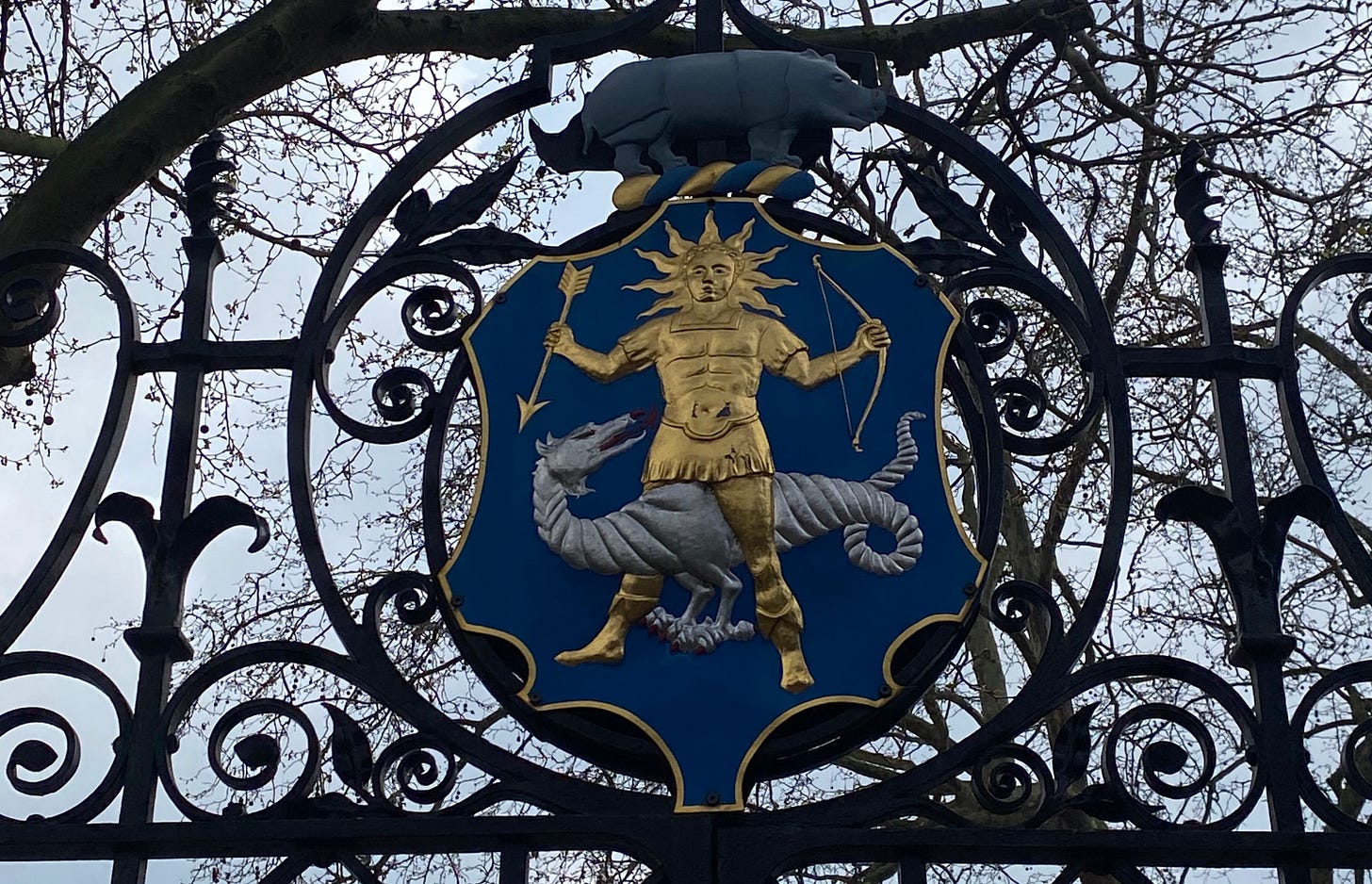
Beyond their edible and ornamental qualities, I’d never given proper thought to how integral a part plants play in our lives. “Integral” is an understatement: without plants, there would be no such thing as civilisation. Put simply, understanding how to take a simple root, stem, flower or seed, and turn it into something else – something useful – is, to this day, directly linked to our quality of life. Our homes, our clothing, even our culture – think papyrus and books; or a violin and a clarinetist’s reed – have all historically been crafted from plants.
But like I said, I’d never really given this proper thought, until earlier this week, when I visited Chelsea Physic Garden, a four-acre site on the north bank of the Thames. Thanks to its team of hardworking horticulturalists and volunteers, the garden is, if nothing else, a very beautiful place to mooch about and escape the glorified pomposity of its monied urban surroundings. In the garden, you are cocooned from the sounds of revving sports car engines and the diggers making space for another subterranean swimming pool.
The real charm of Chelsea Physic Garden, however, is that it is a living museum. Its collection of plants from around the world tells the story of the role that vegetation has played in human health and medicine, from the laughably anachronistic – Thomas Culpeper’s prescription of Alchemilla vulgaris for “women or maids as have great flagging breasts, causing them to grow less” – to the astonishingly cutting-edge, such as the active role of salicin, extracted from willow trees, in the treatment of childhood leukaemia.
Chelsea Physic Garden dates back to 1673, when the Worshipful Society of Apothecaries set up shop there owing to its convenient riverside location and currents of warm air. Ever since, it has been devoted to the scientific study of plants, with a special focus on the medicinal qualities of vegetation.
As you walk around, you comes across little signs poking out of the beds which explain how particular plants – or rather chemical compounds contained within them – have been harnessed by herbalists, health practitioners and, these days, major pharmaceutical companies. For example, how the atropine, scopolamine and hyoscyamine extracted from Mandrake (Mandragora officinarum) are used to relieve pain in patients suffering from certain neurological conditions. Another label describes how the digoxin found in Foxgloves (such as Digitalis lanata and Digitalis purpurea), are used for treating heart failure and irregular rhythms.
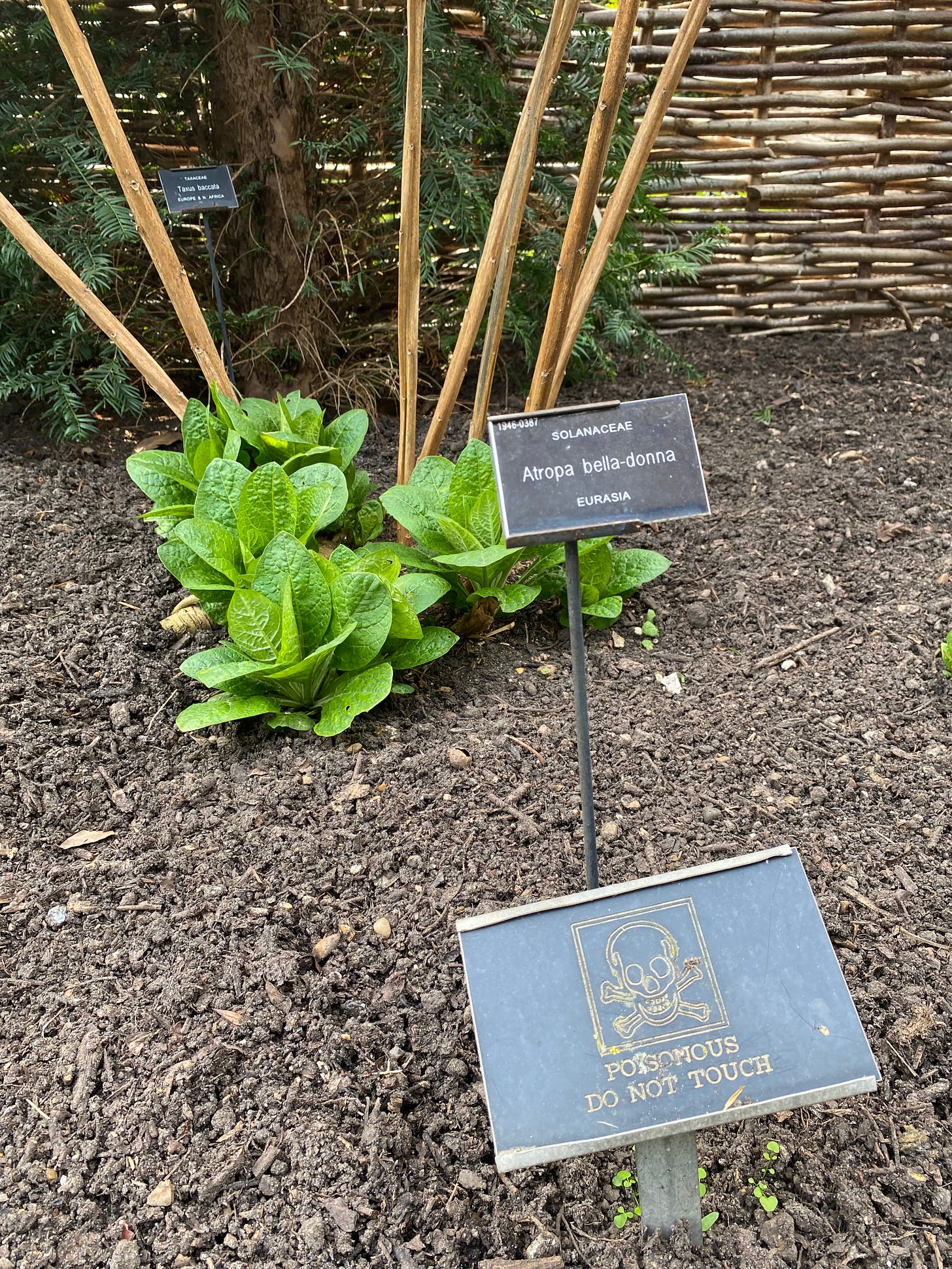
I’m a strong believer in science and modern medicine. I have faith in the healing powers of pharmaceuticals. As a result, I have often been quite sniffy about the use of plants in holistic treatments. I have rolled my eyes at the idea that the sticky weed known in the UK as Cleavers could be used “to flush out the lymphatic system”, or that drinking a cup of dandelion root tea every day might improve liver or gut health.
There is often little mainstream scientific evidence to back up these traditional treatments, which are also generally wrapped up in the trappings and terminology of “holistic medicine” – a term often deployed as a byword for “anti-science”. As such, I think whenever I’ve encountered these sorts of teas, tinctures and tonics, it has actually turned me away from plants, and towards Hard Science.
What Chelsea Physic Garden does so softly but powerfully, is bridge the gap between the traditional and the modern: Plants and Hard Science are, in the right hands, one and the same. Yes, the idea that you could treat jaundice by rubbing a particular yellow flower on your skin is ridiculous, and yet atropine taken from Deadly Nightshade (Atropa belladonna) is used to reduce diarrhoea and severe seasickness, and as an antidote against certain severe drug overdoses, among other things.
These days, many of these compounds are synthesised by pharmaceutical companies, but the bleeding edge of scientific research still revolves around plants – discovering new ones, and finding new uses for known varieties.
Back in the garden, there is a wonderful and relatively new area devoted to “useful” plants. Introduced by former garden curator Nick Bailey – who you might recognise as a regular contributor to Gardener’s World – the plants in this part of the garden are those that have historically been used to make rope, or clothing, or dyes, or instruments, or have been cultivated for other non-medicinal functions. For all of our dependence on high-tech devices, plants still support entire industries, from fashion to publishing to construction to music and many more.
As with so many gardens, late March/early April isn’t necessarily the best time to visit – a lot of the labels in the beds accompanied large patches of bare earth – and the fascinating-sounding Poison Garden was empty, on account of some maintenance work on the glasshouses. But there was still a lot of beauty to be enjoyed, and a lot to be learned.
Tickets to the garden cost £12 per person, which includes a “free” guided tour. I recommend doing that. Our volunteer guide, Pamela, was really knowledgeable about not just the uses of the various plants but also the history of the gardens, and was able to provide context and colour that would otherwise have been impossible to discern from a mere amble around the various beds, borders and glasshouses.
I tend to avoid going to Chelsea. It is not a part of London where I feel at home. But I shall be returning later in the summer, and in years to come, to continue enjoying the physic garden – a very useful addition to the London riverscape.
Do you grow any “useful” plants in your garden? Do you swear by any herbal remedies? Have you been to Chelsea Physic Garden or have plans to visit? Let me know! I really love hearing from you. And remember, if you’re enjoying The Earthworm, one of the best ways that you can support me is to forward this to a friend. Thanks for reading.




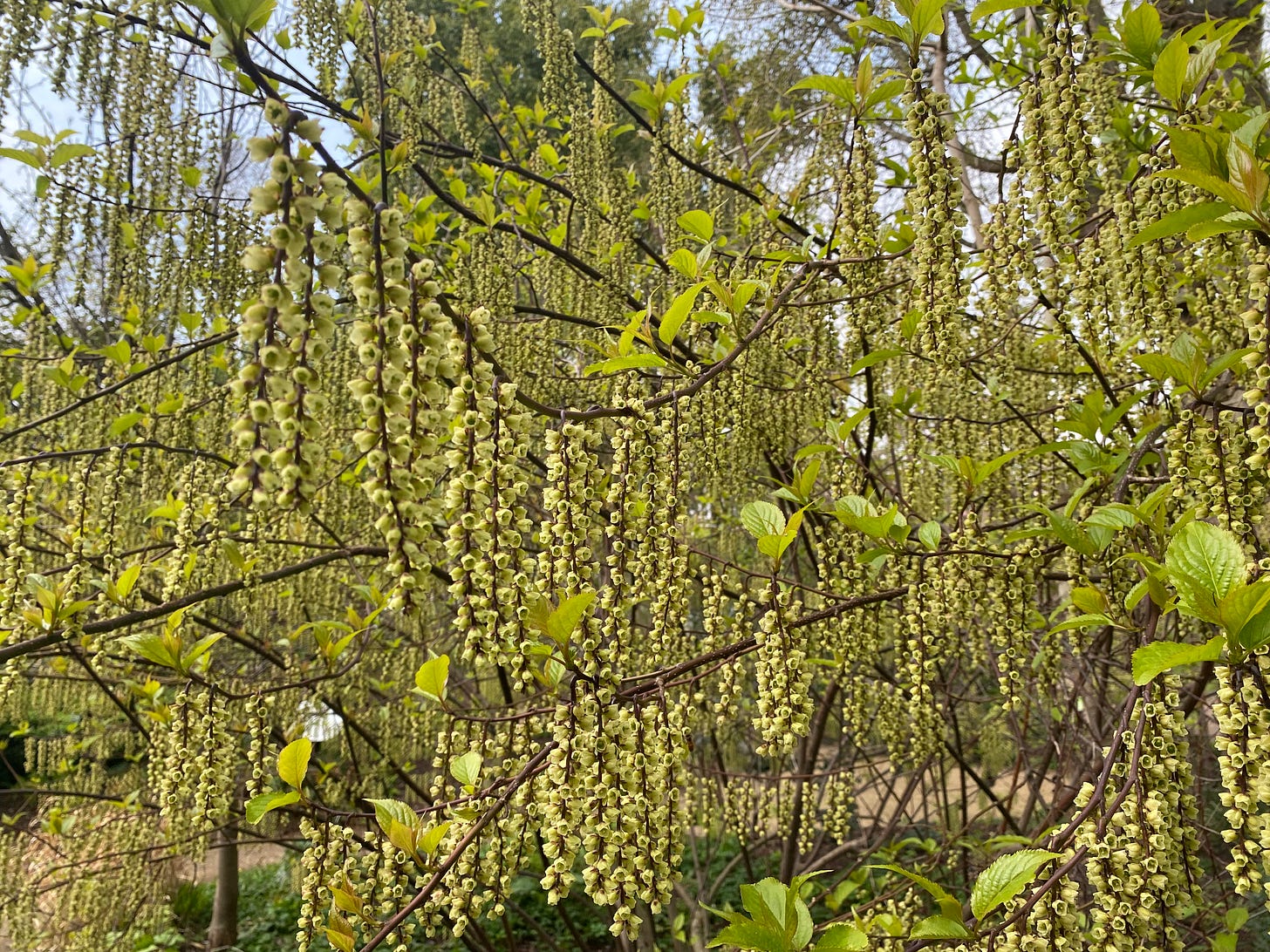
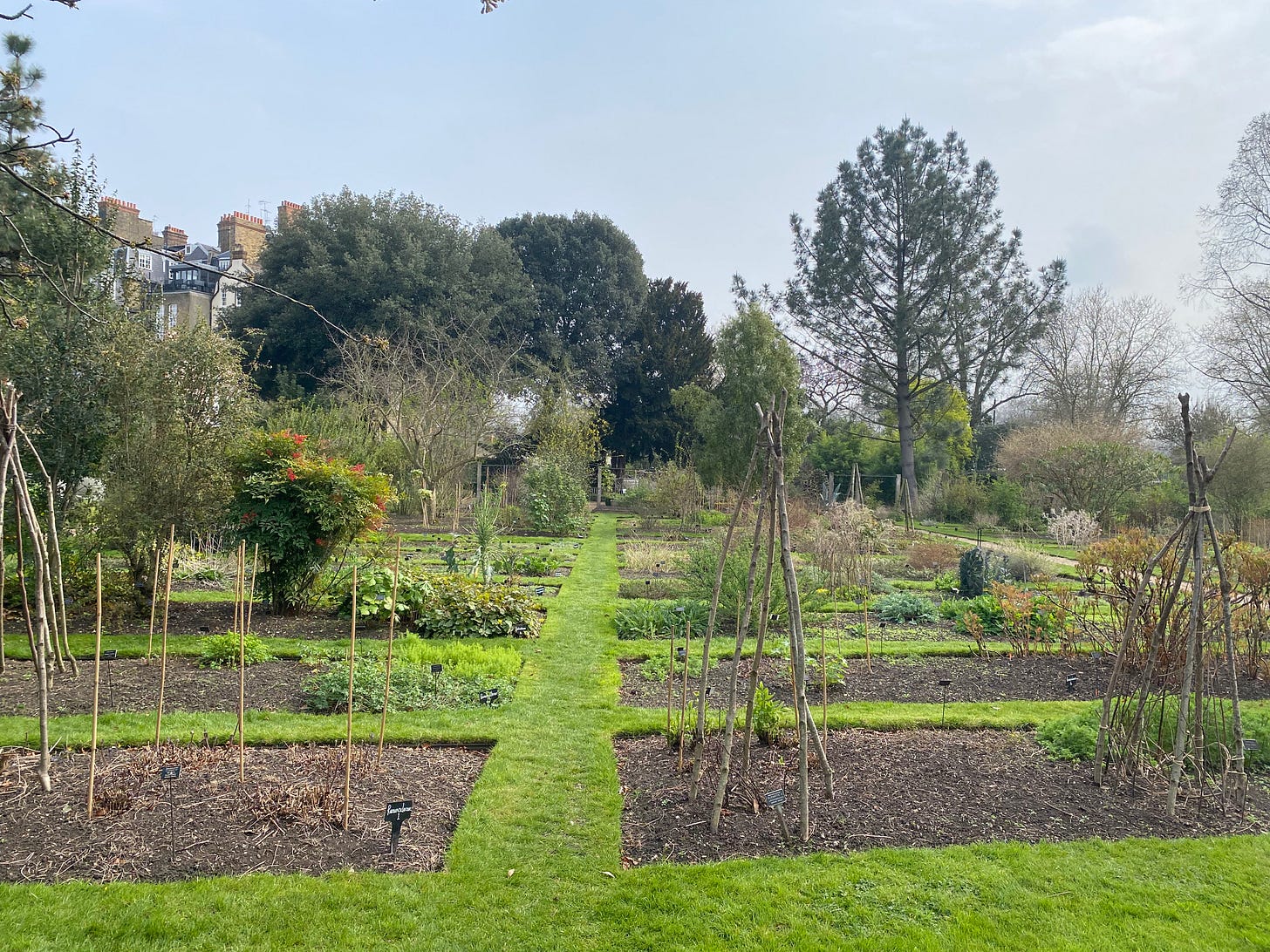
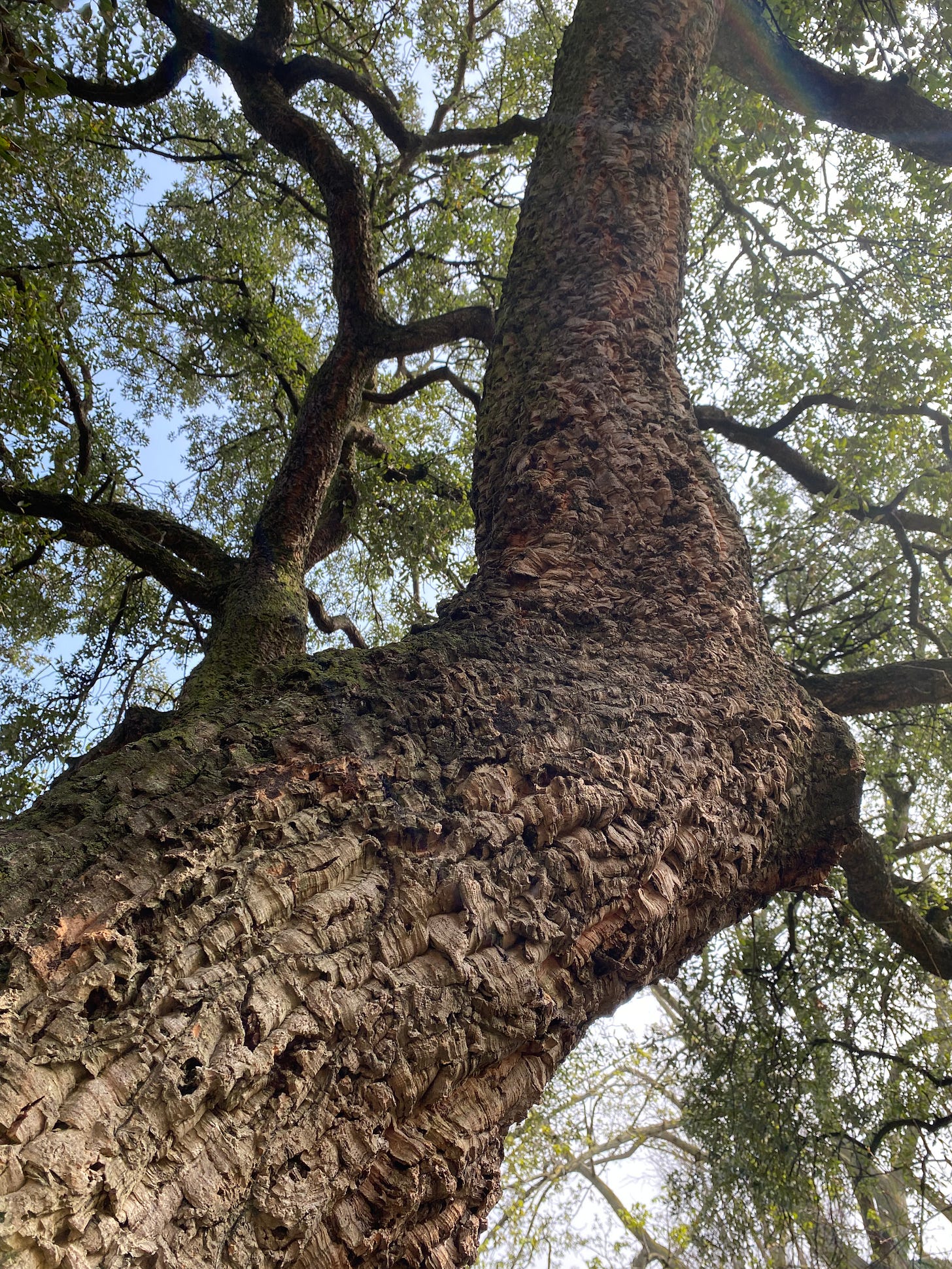
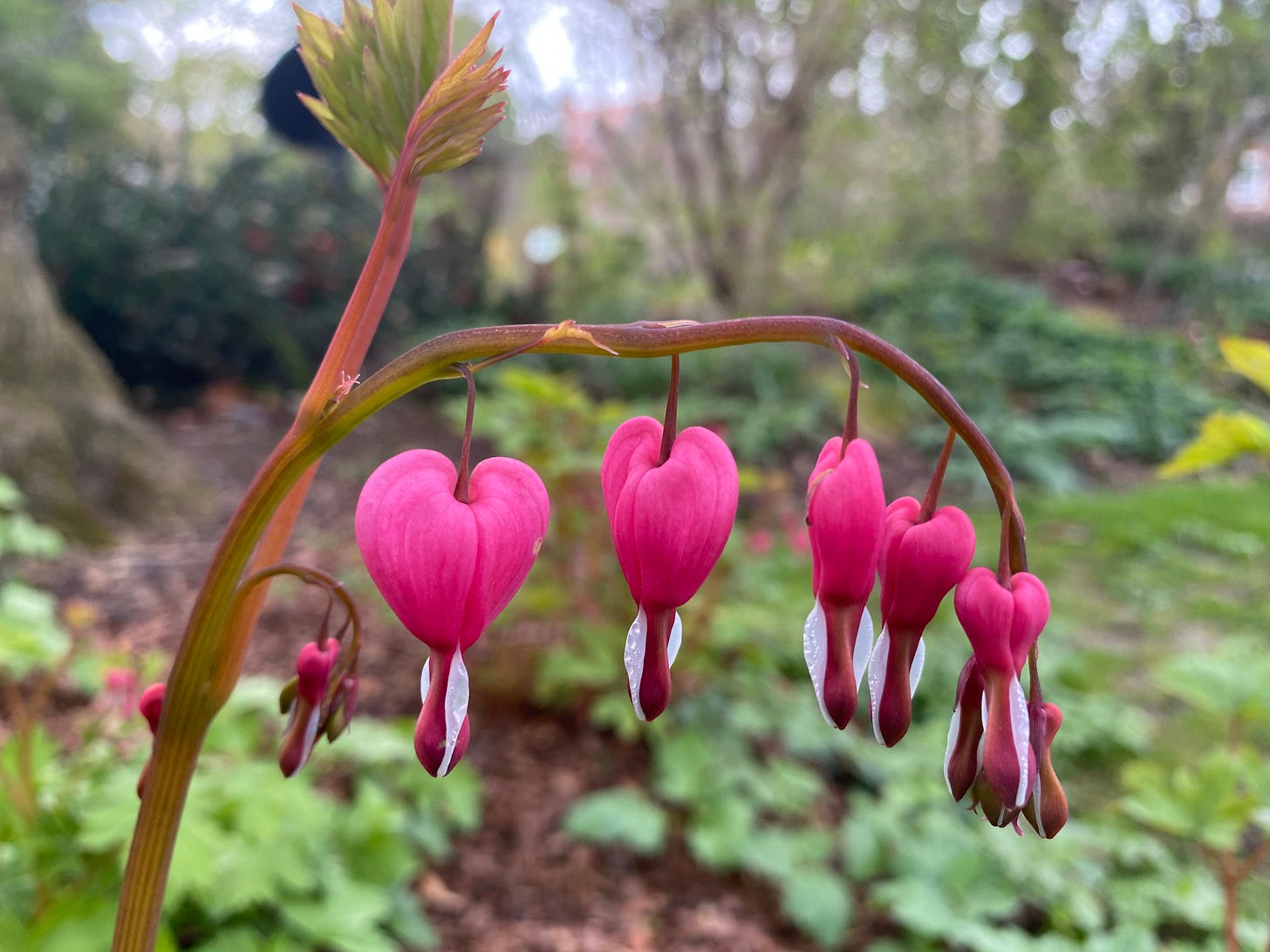
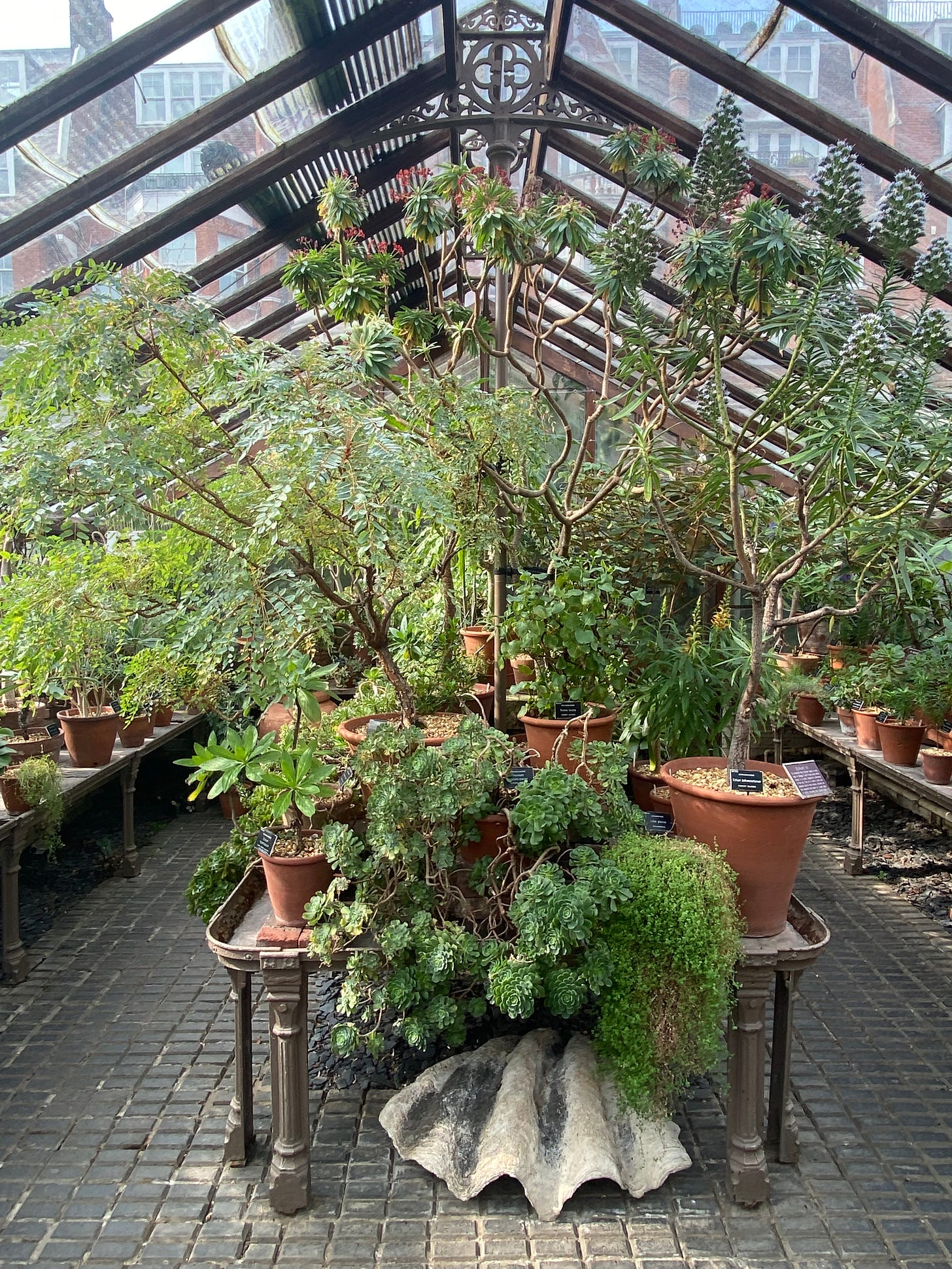
YES! I love going to spaces that remind me how integral plants are to everything. PLANTS ARE EVERYTHING! And it's funny you mention the dandelion tea – i had a cup last night. I don't know if it does anything but I do like the flavor.
Dan, I saved this post for my Sunday morning read over a cup of tea, having first tiptoed round my frosty tulips.
And I’m so glad I did! Fabulous way to start the day. I studied garden design at the school based in the Physic Garden - pretty extraordinary to wander out in a lunch break into an actual living Herbal.
Thanks for a brilliant start to the day! Jo x